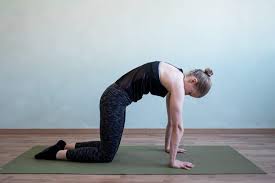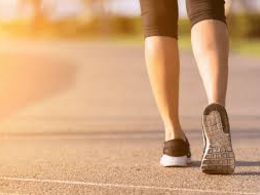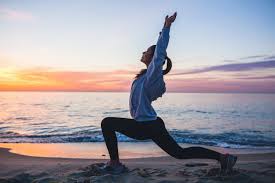Stretching improves flexibility, reduces stiffness, and prevents injuries. A few minutes of it in the morning or before exercise increases blood flow and prepares muscles for activity. It also relieves stress and improves posture. It is a simple yet effective way to keep your body strong and flexible. In the rush of daily life, most people prioritize cardio or strength training, but often forget a vital component of fitness: stretching. It may seem like a simple routine, but its benefits go far beyond loosening tight muscles. Whether you are an athlete, a desk worker, or a stay-at-home parent, incorporating into your day can improve your physical health, boost mental well-being, and reduce long-term risks of injury.

In this article, we’ll explore the science-backed importance of stretching daily, with practical tips, examples, and FAQs to help you make it a consistent habit. Read it: Meditation practice.
Why Stretching Matters
Stretching is the deliberate lengthening of muscles and tendons to improve elasticity, flexibility, and range of motion. While often underestimated, it is an essential part of maintaining a balanced lifestyle. According to the American College of Sports Medicine (ACSM), adults should stretch major muscle groups at least two to three times per week, though daily stretching offers even greater benefits.
Benefits of Stretching Daily
1. Improves Flexibility and Range of Motion
A flexible body allows you to move with ease. Improved flexibility reduces stiffness and enables your joints to function at their best. For instance, dancers, gymnasts, and athletes rely heavily on stretching to maintain optimal performance.
2. Reduces Risk of Injury
It prepares muscles for physical activity by increasing blood flow and oxygen supply. A study published in the Journal of Strength and Conditioning Research found that regular stretching lowers the chances of sprains and strains during workouts or daily tasks.
3. Enhances Posture
Poor posture is a growing concern in today’s digital age. Stretching the chest, shoulders, and lower back counteracts the effects of prolonged sitting, helping you maintain a healthier posture.
4. Boosts Circulation
Stretching improves blood flow to muscles, which aids in recovery and reduces soreness after exercise. Better circulation also delivers nutrients more efficiently throughout the body.
5. Relieves Stress and Promotes Relaxation
It is not just physical—it’s mental too. When combined with deep breathing, it reduces stress hormones and promotes relaxation, much like meditation.
6. Supports Athletic Performance
Athletes use routines like dynamic stretches to warm up before sports and static stretches to cool down. This balance enhances agility, speed, and overall endurance.
Real-Life Example
Consider Cristiano Ronaldo, one of the world’s greatest footballers. Beyond his strict training, he dedicates significant time to flexibility exercises, ensuring his body stays agile and resilient. His commitment highlights how it contributes to peak performance, even at the highest levels of sport.
Types of Stretching
- Static Stretching: Holding a stretch for 15–60 seconds (e.g., hamstring stretch). Best after workouts.
- Dynamic Stretching: Controlled movements that prepare muscles for activity (e.g., walking lunges, arm circles). Ideal before exercise.
- PNF Stretching (Proprioceptive Neuromuscular Facilitation): An Advanced technique combining it and contracting muscles.
Tips to Make Stretching a Habit
- Start small: Just 5–10 minutes daily.
- Consistency over intensity: Gentle stretches every day are better than occasional intense sessions.
- Pair with routine: Stretch while watching TV, before bed, or after waking up.
- Listen to your body: Stretch to the point of mild tension, not pain.
FAQs (Optimized for Voice Search)
Q1: How long should I stretch each day?
Even 10 minutes of daily exercise can improve flexibility and reduce stiffness.
Q2: Is it better to stretch before or after a workout?
Dynamic stretching is best before exercise, while static stretching helps recovery after.
Q3: Can it help with back pain?
Yes, regular stretching of the hamstrings, hip flexors, and lower back muscles can ease back pain.
Q4: Is it safe for everyone?
Most people can stretch safely, but those with chronic conditions should consult a healthcare professional first.
Conclusion
The importance of stretching daily cannot be overstated. From preventing injuries and improving posture to reducing stress and enhancing athletic performance, it is a low-cost, high-reward habit that benefits both body and mind. By dedicating just a few minutes daily, you can unlock greater flexibility, resilience, and overall well-being.








Leave a Reply